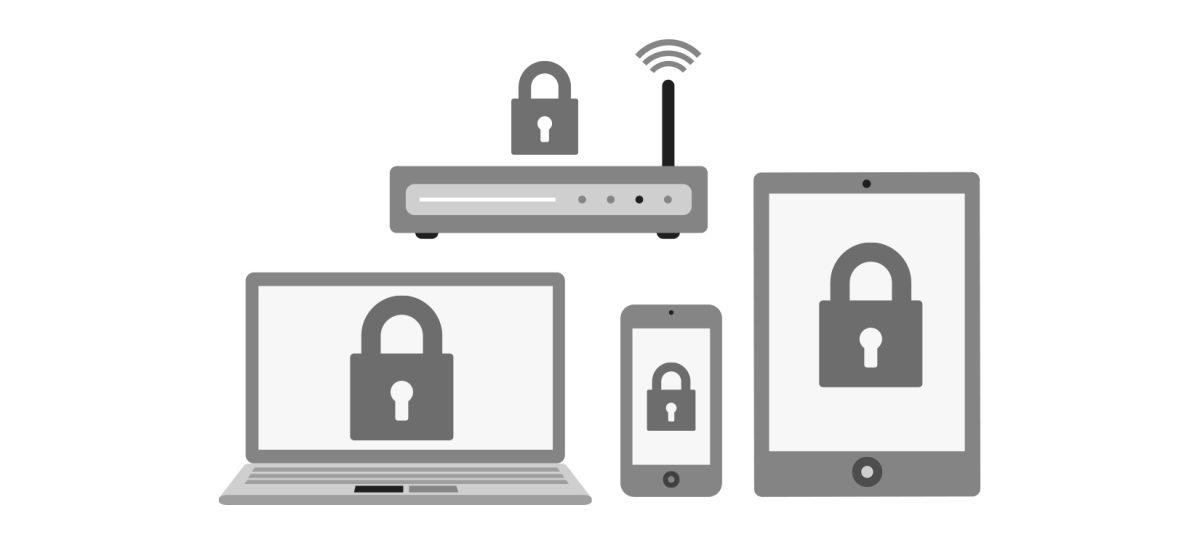NC State is home to a sprawling network of hardware that allows students to enjoy secure, high-speed internet access. The Office of Information Technology (OIT) has teams of experienced personnel working around the clock to ensure that NC State’s internet network continues to function smoothly.
Many students, however, are not aware of the behind-the-scenes processes that enable their seamless browsing experience. In layman’s terms, an internet network works much like a post office, according to Greg James, director of network services at OIT.
“Just think of the old days when we used to do stuff with snail mail,” James said. “You’d write an address on [a letter], it goes to your local post office, then it’s sent to a distribution center, which sends it across the country.”
An internet network operates in a similar way, James said. If a student is attempting to access Google, for example, their request goes through one of many access points mounted in the buildings on campus, then gets routed through campus gateways and out into the internet.
NC State’s network may also be envisioned as a large ring, according to Stan Martin, senior director of OIT Outreach, Communications and Consulting.
“When you get onto campus, there’s the ‘ring’ or the hub, our main distribution facilities. Then the individual buildings are connected to that, and some buildings have resilient paths,” Martin said. “In the buildings we have telecom closets … where all your wired and wireless connections are tied to. So, it’s kind of a ring to some degree, then spokes off that ring that connects to the individual buildings on campus.”
Students may have heard of a network known as eduroam, which is a secure internet connection that can be accessed on other campuses in North Carolina and even across the world.
“The great thing about eduroam is you can go to Chapel Hill or somewhere where there’s an eduroam SSID [service set identifier],” James said. “Then the higher eduroam authority on the Internet says [of your credentials] ‘OK, that belongs to NC State.’”
However, students need to be aware of the security risks inherent in sending information over the internet.
“On any given day our firewalls deny over 11 million hits,” James said. “This doesn’t mean they were all nefarious attempts, but I’m sure a lot of them were. We’re constantly getting attacks from China and Russia and other places around the world.”
Being mindful when using open networks such as ncsu and ncsu-guest is one of the ways students can be proactive in internet safety, Martin said.
“In general, somebody who’s in the vicinity of you could theoretically be snooping your traffic and listening in,” Martin said.
Although sites such as Gmail and MyPack use encrypted connections to your device, eliminating others’ ability to view your traffic, users of these networks may be vulnerable to a “man-in-the-middle” attack. This is a technique where someone configures their device to appear as a legitimate access point, but in reality, it isn’t, Martin said.
Because of these security risks, OIT encourages all students to use eduroam as well as two-factor authentication.
“[Two-factor authentication] adds an extra layer of authentication,” Martin said. “Even if someone has your password, they would still need that second authentication to verify they really are who they say they are.”
In the near future, NC State will require all students to use two-factor authentication. Other planned changes include upgrades to campus security hardware within the next 12-18 months.








